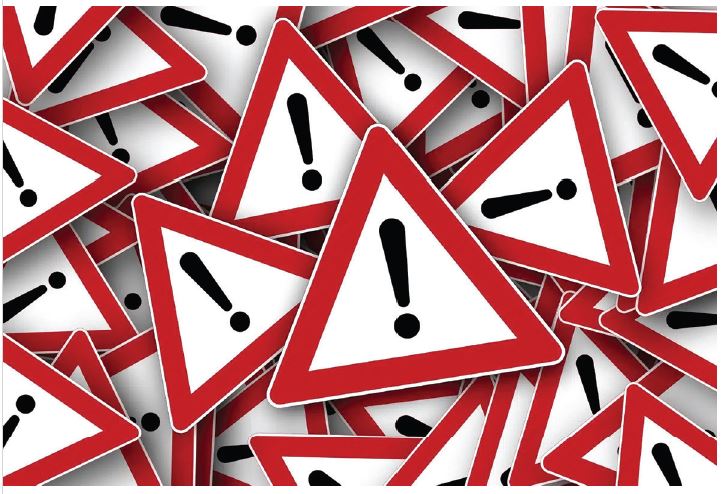Warning! What to know about Prop 65
Written on: February 1, 2024 by Nicholas Georges
The California Office of Environmental Health Hazard Assessment (OEHHA) remains active on Proposition 65 (Prop 65) by adding new chemicals to the list, modifying existing safe harbor levels and, again, proposing to amend the safe harbor content for the short-form warning.i It is critical for companies to stay on top of changes to warning content to avoid litigation, especially since compliance is primarily the responsibility of the manufacturer. Remember, anyone, including private citizens, can provide notice of an alleged violationii, and private enforcers have taken advantage of the ability to do so.
Prop 65 requires companies to provide a warning about exposure to chemicals in products sold in California that are known to cause cancer, birth defects or other reproductive harm. The critical word in that last statement is exposure—the mere presence of a compound doesn’t necessarily require a warning.
OEHHA is required to publish and maintain a listiii of chemicals that is updated at least yearly. The original list was published in 1987 and had only 30 chemicals; however, the current list is quickly approaching close to 1,000 chemicals.
OEHHA also maintains a listiv of safe harbor levels, which include No Significant Risk Levels (NSRLs) for cancer-causing chemicals and Maximum Allowable Dose Levels (MADLs) for chemicals causing reproductive toxicity.
The NSRL is the exposure level resulting in no more than one case of cancer out of every 100,000 individuals over a 70-year time period. The MADL is the level at which the chemical would have no observable adverse reproductive effect, assuming exposure at 1,000 times that level. The NSRL or MADL may also be pathway-dependent (e.g., inhalation), which, depending on a product’s usage, may be an important consideration.
Only one-third of the chemicals on the Prop 65 list have an NSRL or MADL value that has been determined (safe harbor levels). Alternatively, the carcinogenicity or developmental toxicity values driving the Prop 65 listing can be utilized to determine the NSRL or MADL for a listed chemical.
Exposures below safe harbor levels are exempt from the requirements of Prop 65. While a significant number of substances do not currently have safe harbor levels, companies can develop—individually or through industry groups—new and/or alternative levels. There is no exemption for substances that do not have a safe harbor level.
To utilize an NSRL or MADL, companies must demonstrate that levels of exposure are not exceeded. Exposure assessments are conducted to determine how much exposure to a chemical occurs through the typical use of a product, including the formulation and packaging. Since anyone can initiate a Prop 65 claim once a listed chemical has been detected, companies must prove that the level of exposure does not warrant a warning. For this reason, companies should always be prepared with sufficient documentation in case a challenge comes up.
Beyond an NSRL or MADL for an individual substance, companies can also be exempt from warning based on:
1. The size of the company;
2. Exposure from a naturally occurring chemical in food, which can be appliedv to consumer products, but requires significant due diligence; and
3. Discharge into any source of drinking water does not result in a “significant amount” of exposure
Another option that can be utilized is a Safe Use Determination (SUD). Under this consideration, a business or trade group can request that OEHHA determine whether the exposure of a listed chemical for a specific use would be subject to warning requirements.vi This provides an option for additional assurance if performed preemptively, as this option is not available once a company has been alerted to a notice of violation.
When a warning is needed, it is recommended that companies use the language created by OEHHA to guarantee their compliance with Prop 65 regulations. If you have any questions about Prop 65 in general, the newly proposed amendments to the short-form warning, or the listed chemicals and safe harbor limits, please contact me at ngeorges@thehcpa.org. SPRAY
i link
ii Private parties must provide at least 60 days’ notice of the alleged violation to the business, as well as to the Attorney General and the appropriate District Attorney and City Attorney.
iii link
iv link
v Cal. Code Regs. Tit. 27, § 25501
vi link
